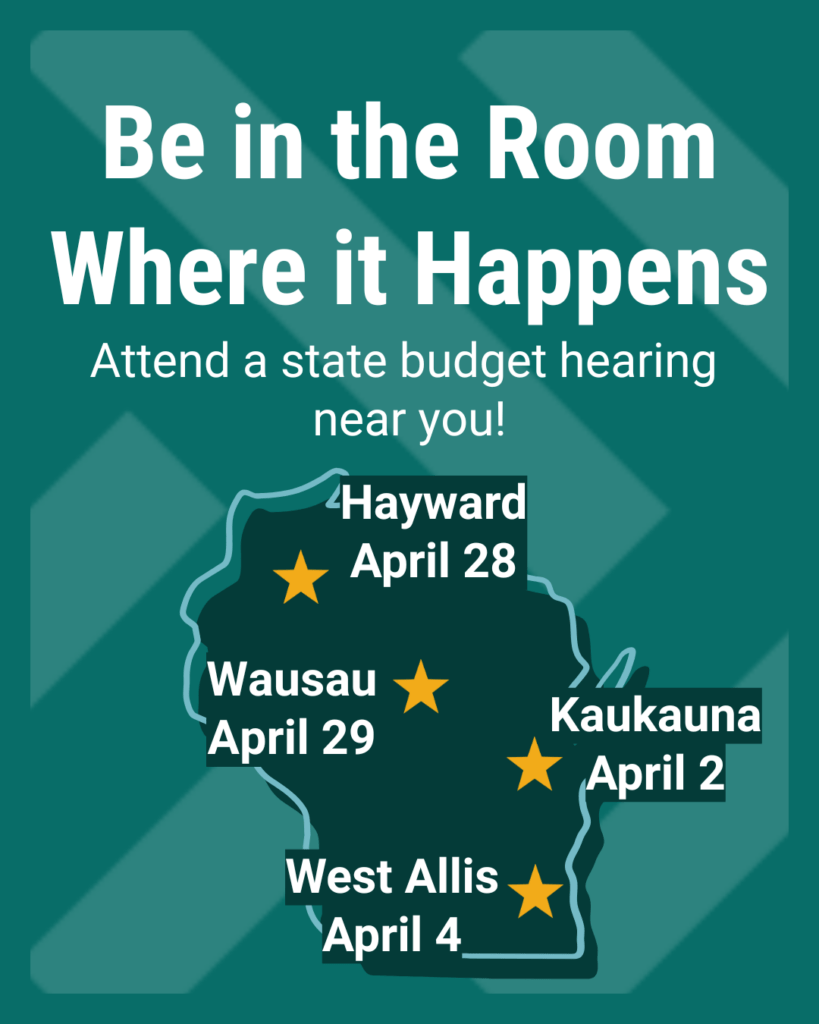Wisconsin has a long history of welcoming people from around the globe who are fleeing war or persecution, a tradition that is put at risk by actions taken by President Trump’s administration to severely limit the number of refugees the country will accept.
Inviting refugees into our communities is central to the American ideal of a country built by people who are working to provide a better life for themselves and their children. By welcoming refugees, the U.S. shows leadership in addressing humanitarian conflicts around the world, some of which the U.S. had a hand in creating. At the local level, communities and neighborhoods are richer for the opportunity to demonstrate commitment to the values that define us as Americans.
Refugees are people who have been forced to flee their home countries due to war or persecution for their race, religion, or nationality. Unable to return to their home country, they are often stranded in refugee camps in another country, sometimes for decades. By resettling in the United States, people who are driven from their home country have another opportunity to live freely, worship as they choose, and contribute to their communities. (A clarification about terms: like refugees, people seeking asylum also must show that they can no longer live in their home country due to persecution based on certain characteristics. But refugees must secure their status while they are outside the United States, while asylum-seekers may apply when they seek admission at a port of entry or if they are already living in the U.S.)
President Trump has placed drastic new caps on the number of refugees allowed into the U.S., limiting the number of refugees accepted in 2018 to the lowest level since the U.S. began setting limits nearly 40 years ago. Due to the reduced cap, Wisconsin is on track to accept only about 400 refugees in 2018 – a 60% decrease from the number of refugees that arrived the previous year, and the lowest number since 2007.
Wisconsin acts as a new home for refugees fleeing dangerous situations all over the globe. Currently, about 70% of refugees coming to Wisconsin are from Burma. Hundreds of thousands of members of the Rohingya ethnic minority in Burma have fled into neighboring Bangladesh to avoid slaughter. Other countries from which Wisconsin accepts the largest number of refugees are the Democratic Republic of the Congo, Somalia, and Iraq. Since 2001, Wisconsin has accepted refugees from 49 countries, nearly all of which are in Eastern Europe, Asia, and Africa.
The countries from which refugees come has changed over time, as conflicts around the world flare or are slowly resolved. One dramatic example of change over time is the number of refugees coming to Wisconsin from Laos, which spiked in 2014 and 2015 as the last refugee camps in the area closed, and has since fallen to nearly zero. Hmong people and others from Laos were driven into Thailand by war and political oppression. The Hmong, armed in the 1960s by the Central Intelligence Agency as part of a U.S.-led secret war, were particularly targeted for violence by the Laotian communist government after the Vietnam War era.

Just as there is diversity among the countries refugees are coming from, there is a great deal of variety in the Wisconsin communities in which they are settling. Refugees arrived in eleven Wisconsin counties last year, ranging from rural counties in the northwest part of the state to urban areas in the southeast corner. Counties that welcomed newly-arrived refugees in 2017 included Barron, Brown, Crawford, Dane, Fond du Lac, Milwaukee, Outagamie, Sheboygan, St. Croix, Waukesha, and Winnebago.

Refugees arrive in this country after fleeing some of the most horrific conditions imaginable. They leave their country, their communities, their work, and sometimes their families to start a new life here. Rather than recognizing their resilience and determination, President Trump seems set on making life harder for refugees, by reducing the number of people who can relocate to the U.S. to live in safety.
President Trump may be able to reduce the number of refugees settling in the U.S. and therefore in Wisconsin, but what he can’t change is the warmth with which Wisconsin residents welcome refugees into their neighborhoods, places of worship, and schools.
Tamarine Cornelius



